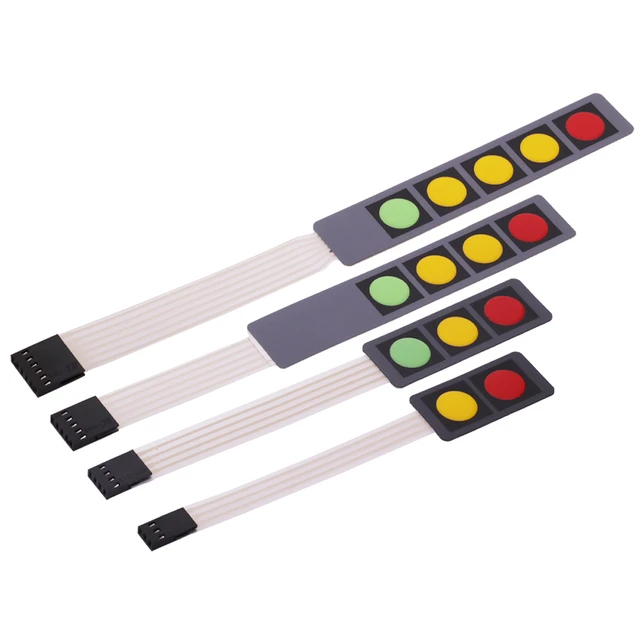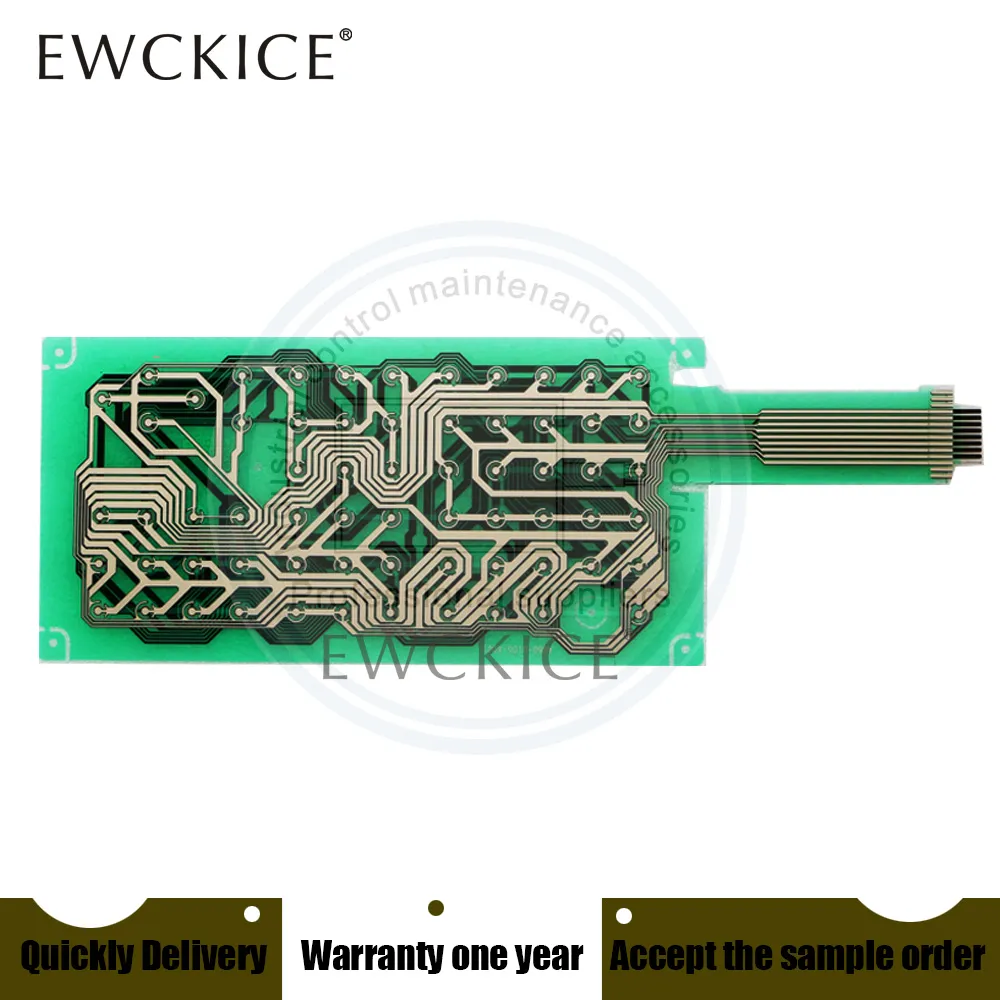Membrane Switch: A Comprehensive Guide to Its Uses and Applications
Membrane Switch: A Comprehensive Guide to Its Uses and Applications
Blog Article
Understanding Membrane Switches Over: The Key to Reliable and long lasting Controls

What Are Membrane Layer Buttons?
Membrane layer buttons are an innovative solution in the realm of individual interface modern technology, incorporating functionality and design seamlessly. These gadgets function as a user interface in between customers and digital systems, incorporating several parts right into a portable format. Generally constructed from flexible, slim layers of products, membrane layer buttons are made to react to touch, allowing individuals to communicate with machinery and digital devices effectively.
The key aspects of a membrane switch include a published circuit layer, visuals overlay, and a spacer layer that stops unexpected activation. The graphic overlay can be personalized to reflect brand name identification or individual preferences, enhancing looks while making certain use. Membrane buttons are frequently used in different applications, including clinical devices, customer electronics, and industrial tools, owing to their durability and resistance to ecological elements such as moisture and dirt.
Among the essential advantages of membrane layer switches is their capability to stand up to deterioration, making them optimal for high-traffic environments. In addition, they are light-weight and call for very little space, enabling cutting-edge styles in product advancement. On the whole, membrane layer switches stand for a functional and efficient selection for modern-day electronic interfaces, weding technology with user-centric style concepts.
Exactly How Membrane Layer Changes Work
The operation of membrane changes hinges on a basic yet effective system that equates customer input into digital signals. When an individual presses the button, the leading layer deforms, enabling a conductive aspect in the circuit layer to make call with a corresponding conductive pad on the underside of the visuals overlay.
The layout of membrane layer switches can vary, yet they commonly include domes or tactile elements to supply comments to the customer, enhancing the general experience - membrane switch. The products made use of in membrane layer buttons, such as polyester or polycarbonate, add to their resilience and resistance to ecological variables, including moisture and dust. The printed circuits are typically encapsulated, which secures them from wear and tear over time.
Advantages of Membrane Layer Switches

In addition, membrane layer buttons are known for their toughness. Built from durable products, they are resistant to dirt, go to these guys moisture, and physical wear, which substantially expands their life-span compared to traditional mechanical switches. This sturdiness makes them especially ideal for high-traffic environments and applications requiring longevity.
Another significant benefit is the ease of cleaning and upkeep. The smooth surface area of membrane layer switches over decreases dirt build-up and is usually unsusceptible spills, making them perfect for settings that require constant sanitization.
In addition, membrane layer buttons use a structured profile, causing a thinner style that can be integrated into numerous tools without adding mass. This attribute not only enhances the visual allure but also contributes to an extra ergonomic product design.
Applications of Membrane Layer Buttons
Versatile and user-friendly, membrane switches locate applications across a broad range of industries, consisting of medical devices, customer electronics, and commercial devices. In the medical area, these buttons are essential to tools such as analysis equipment, person surveillance systems, and infusion pumps, where reliability and simplicity of cleaning are essential. Their capability to keep and endure rough atmospheres functionality makes them suitable for such applications.

In customer like this electronics, membrane layer buttons are used in items like microwaves, cleaning makers, and remote controls - membrane switch. Their smooth layout enables user-friendly user interfaces, improving the general user experience while offering durability and resistance to damage
Commercial equipment likewise takes advantage of membrane layer switches, particularly in control panels for machinery and automation systems. These buttons supply security versus dirt and moisture, making sure regular performance in challenging atmospheres. Furthermore, their customizable functions enable suppliers to customize them to specific operational demands, boosting efficiency and performance.
Picking the Right Membrane Switch
When picking a membrane layer button, it is essential to consider numerous variables that affect performance and viability for specific applications. The key factors to consider include environmental problems, responsive feedback, sturdiness, and style specs.
First, evaluate the operating setting; buttons revealed to wetness, chemicals, or extreme temperature levels call for certain materials to make sure durability and functionality. Next off, examine the requirement for tactile responses. Depending on user go to the website communication, some applications may gain from a responsive action to confirm activation, while others may prefer a non-tactile layout for aesthetic reasons.
Toughness is one more critical variable; membrane layer switches should be made to stand up to frequent usage, impacts, and abrasion. Make certain the picked button can endure the anticipated lifecycle, particularly in high-usage circumstances.

Final Thought
To conclude, membrane switches over act as vital components in the layout of sturdy and trustworthy control systems throughout different industries. Their small design, incorporated with robust building and construction and adjustable features, boosts individual communication while making certain durability popular settings. The flexibility of membrane layer switches permits tailored remedies that meet specific functional demands, enhancing their significance in modern innovation. As industries proceed to evolve, the value of integrating efficient membrane layer switch options can not be overemphasized.
Membrane switches represent an essential facet of modern interface style, blending performance with strength in various applications.Membrane switches are an advanced option in the world of individual interface modern technology, incorporating functionality and style effortlessly. Normally created from adaptable, slim layers of products, membrane layer buttons are developed to respond to touch, allowing individuals to communicate with machinery and electronic devices effectively.
The design of membrane layer buttons can differ, yet they often incorporate domes or responsive elements to provide comments to the individual, enhancing the overall experience.In conclusion, membrane layer switches over offer as important components in the style of trustworthy and resilient control systems across numerous sectors.
Report this page